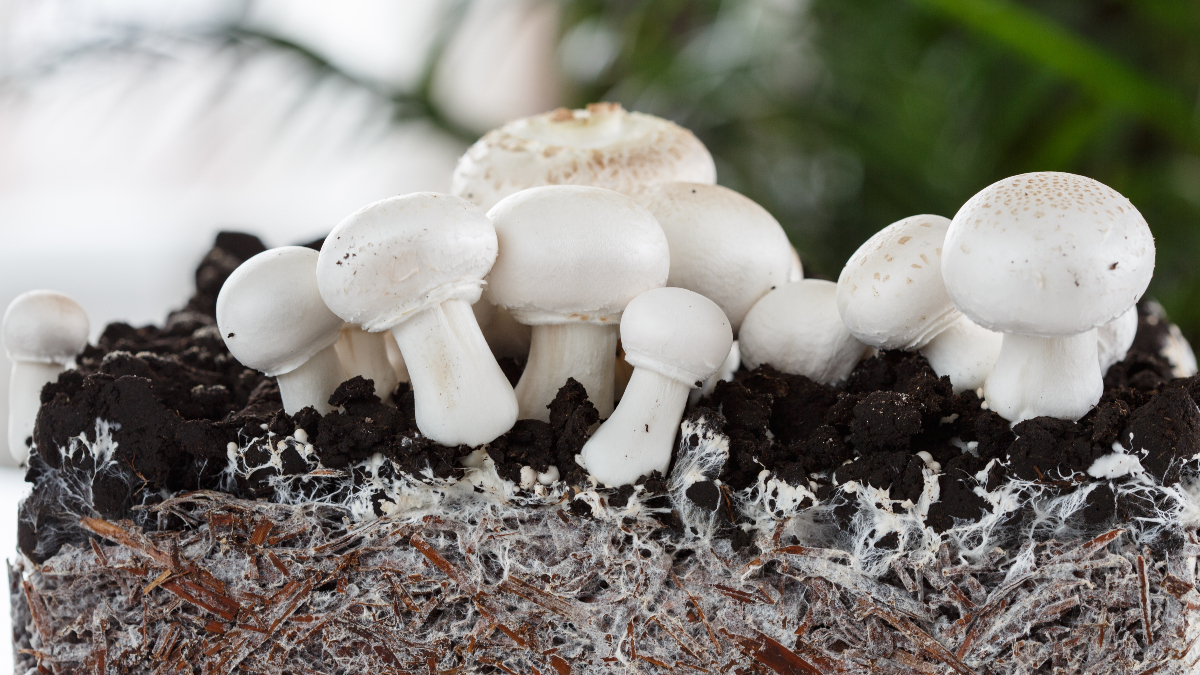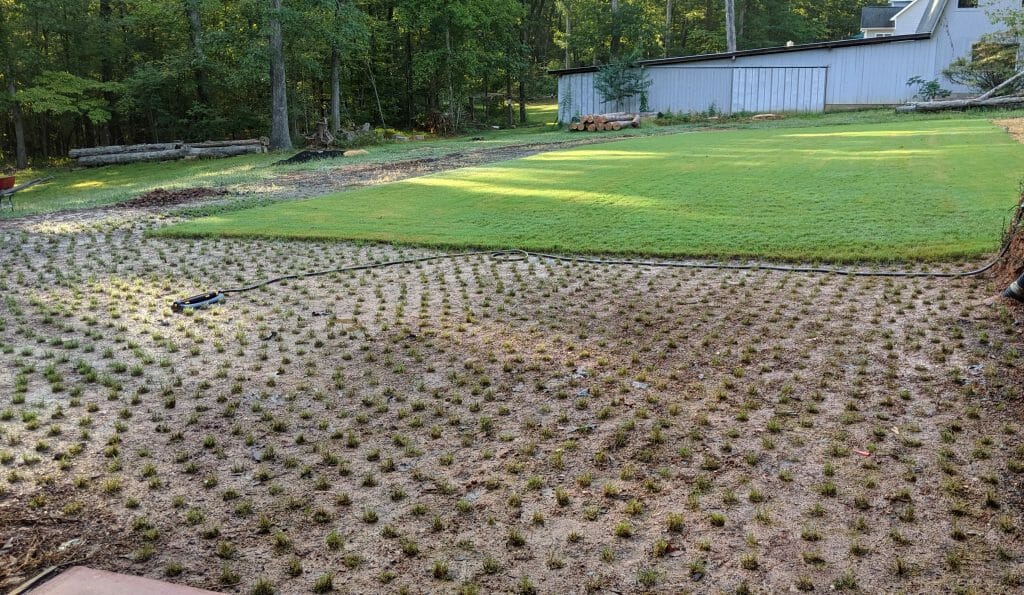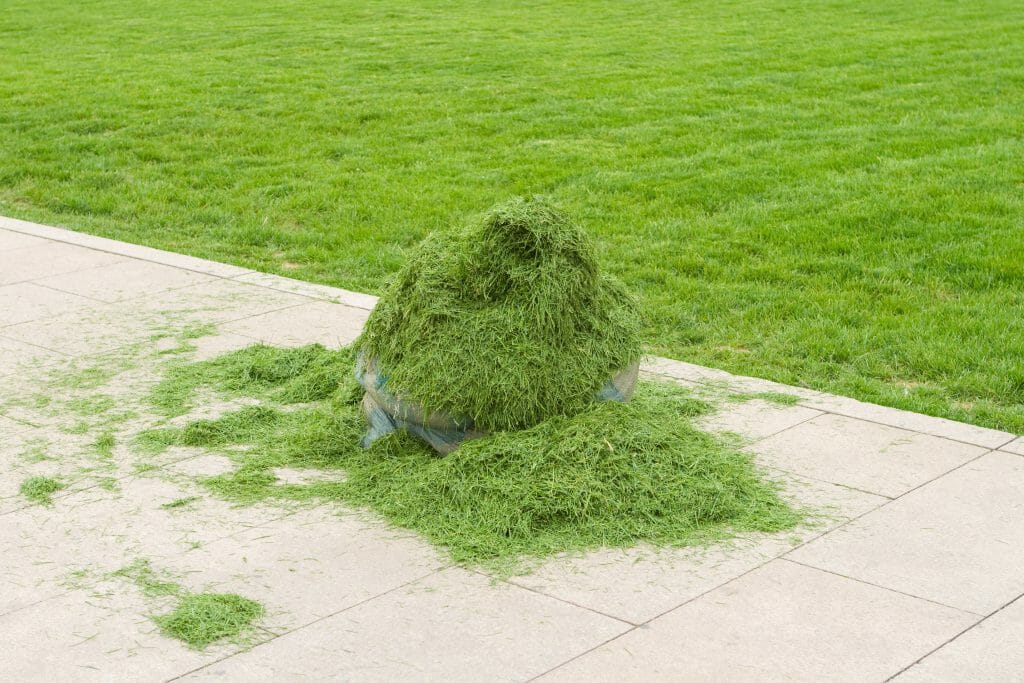Mushrooms are fascinating Whether your’s looking to grow mushrooms from your kitchen garden or you’re curious about how mushrooms grow, you may be wondering whether mushrooms share roots like other plants. If so, can you propagate them like other plants? If not, how do mushrooms grow?
So, do mushrooms have roots? The short answer is no, mushrooms don’t have roots, unlike plants. As opposed to roots in the plant kingdom, mushrooms have a rootlike structure on their stem called the mycelium, which helps them absorb nutrients and serves as their reproductive system. Mycelium is not only vital to healthy mushrooms and thriving ecosystems, but they also have several uses that make them a vital part of sustainable and eco-friendly tech.
In this article, we’ll discuss what mycelium is exactly, and how it can be used. We’ll also go over how you can produce mushrooms from the mycelium and how you can maintain a healthy fungus system.
What is a Mycelium?
Mycelium is a branching, underground fungus that forms the vegetative body of a mushroom. It is made up of a mass of tangled hyphae, or branching thread-like filaments, and typically looks like a white or black powder.
Mycelium grows best in warm, dark, and moist environments, and it’s usually found in soil and on dead plant matter. It plays an important role in the decomposition of organic matter and the cycling of nutrients in ecosystems.
Mycelia can also be used to produce food, pharmaceuticals, and other products. It has a number of interesting features that make it well-suited for use in technology. For example, mycelium can be trained to grow into specific shapes, making it an excellent material for 3D printing.
In addition, mycelium is biodegradable and can be used to create compost, artificial leather, or biofuel.
Image Credit: https://fungi.com/blogs/articles/mushroom-life-cycle
Mycorrhizal: Fungus Root
Plenty of the mushrooms we see in the wild are known as “mycorrhizal”, which is latin for “fungus root”.
Mycorrhizal fungi form a symbiotic relationship with other plants you’d find the in wild, this includes trees.
There’s a fascinating relationship between the fungi kingdom and plant kingdom, the fungus provides the plants and trees with water, nutrients and phosphorus, whilst the hyphal tips curl themselves around the plants roots and absorbs sugar.
How to Grow Mushrooms from Mycelium
There are so many reasons why you may want to start growing your own mushrooms. Whether you’re a major foodie who’s interested in creating your own gourmet mushrooms, or you’re interested in biology and growing things from nothing, you’re sure to find this a rewarding and fascinating hobby.
The process of growing mushrooms from mycelium is a bit involved, but these steps are a good place to get started.
- Determine the kind of mushroom you’d like to grow.
- Obtain a liquid culture mycelium syringe to start the process. You can find liquid cultures from many sites and sellers online, but be sure to do your research and choose a merchant that has many positive reviews and consistent results. You are usually more likely to find liquid cultures that are meant for gourmet mushrooms, so keep that in mind when doing research on the type of mushroom you’d like to grow.
- (Optional) Divide your liquid culture syringe into multiple jars to create a long-term supply. If you plan on growing many batches of mushrooms over the long term, consider separating your mycelium supply into several containers so the culture can continue to grow, rather than using it all at once. This will save you lots of time and money in the long run!
- Get your spawn substrate ready. This can be anything from popcorn spawn, rye grain, and wild bird seed to straw or brown rice flour. This will be the organic material that your mycelium will attach itself to in order for the mushrooms to form fruiting bodies Brown rice flour is an excellent option for beginners!
- Take your chosen substrate and place it into a sterilized jar. Then, using the syringe, inject your substrate and close up the jar.
- Wait! You’ll want to leave the concoction alone until the mycelium has completely covered up the substrate, and your jar is filled with white feathery material. Be patient; the longer you wait, the stronger your culture will be and the better chance you’ll have of a successful mushroom harvest.
- Make sure you have proper conditions for fruiting. Depending on the kind of mushroom you plan to grow, be sure that the humidity, airflow, and temperature are all at the ideal level. From here, it’s only a matter of time before your mushrooms start appearing!
- Harvest your mushrooms! All you have to do is cut or gently pull the mushrooms from the growing material.
Why Is Mushroom Mycelium So Important?
Mushroom mycelium is important for a variety of reasons. It plays a crucial role in the decomposition of organic matter, which helps to create new, fertile soil.
Mycelium is also releasing enzymes that break down tough plant fibers, making them an important part of the composting process. Along with its importance when it comes to the health and growth of natural ecosystems, it has some fascinating uses in technology and medicine.
A few of the benefits of mycelium include:
- They release enzymes that digest the cellulose in plant cell walls, and this process helps to create new soil. It’s responsible for the growth and spread of mushrooms, and they play a vital role in the forest ecosystem.
- Mycelium can be used as a sustainable, renewable, and eco-friendly alternative to artificial compounds, and can be used in tech applications like 3-D printing.
- Mycelium also produces antibiotics that help to protect trees from infection.
- Mushroom mycelium can be used to create an eco-friendly and sustainable leather substitute.
- Additionally, mycelium has been shown to have antimicrobial and anti-inflammatory properties.
Want to learn a bit more about mushroom mycelium? Enjoy the video below.
Frequently Asked Questions:
Is mycelium harmful to humans?
There are many different types of mushrooms, some of which are harmful to humans, so it’s understandable that some people believe that mycelium can be harmful. Fortunately, there is no evidence that this is the case. In fact, many people believe that mycelium has a number of health benefits.
Mycelium is only one part of the overall mushroom and it makes up the “root” structure of a mushroom, and it is usually hidden underground. You are most likely to see mycelium when you are digging in the soil.
Since it’s not related to the parts of a mushroom that can be harmful, there’s not any evidence to support the idea that it’s harmful or toxic for human consumption.
Many believe that mycelium has health benefits and can be taken to support a healthy diet, although there’s little hard evidence to support this is the case either.
How long can mycelium be stored?
Mycelium can be stored for long periods of time. It is typically dried and stored in a cool, dark place. Mycelium can be stored for up to six months without losing its nutritional value.
Mycelium can be stored in a refrigerator for up to four weeks. When you remove it from the fridge, allow it to come to room temperature before attempting to use it.
Whether you’re planning on eating, growing mushrooms from it, or using it for other purposes, make sure that it’s stored properly so that it doesn’t rot or break down prematurely.
What are the best mushroom strains to grow from mycelium?
There are many different types of mushrooms that can be grown from mycelium. The best strains to grow depend on the specific environment and climate where you live, as well as your personal preferences.
Some of the most popular strains to grow include psilocybin mushrooms, oyster mushrooms, shiitake mushrooms, and reishi mushrooms. Each of these strains has different properties and benefits, as well as culinary uses.
Once you have determined which types of mushrooms you want to grow, you will need to select the right mycelium kit. There are a number of different companies that sell mushroom mycelium kits, so you will need to do some research to find the right one for you.
Conclusion: Comparing the Plant Kingdom to the Fungi Kingdom
Hopefully, after reading this article, you now know a little bit more about mushrooms and how they grow. In fact, mushrooms do not have roots like normal plants do, but their root system belongs to a different category, the actual mushroom is simply the fruiting body.
Mycelium isn’t just crucial to a healthy environment and ecosystem, it may also be a vital material in the future to create sustainable and eco-friendly products.
If you’re interested in using mycelium to grow your own mushrooms at home, be sure to follow the instructions closely and use a safe, organic mushroom grow kit. Thanks for reading!





